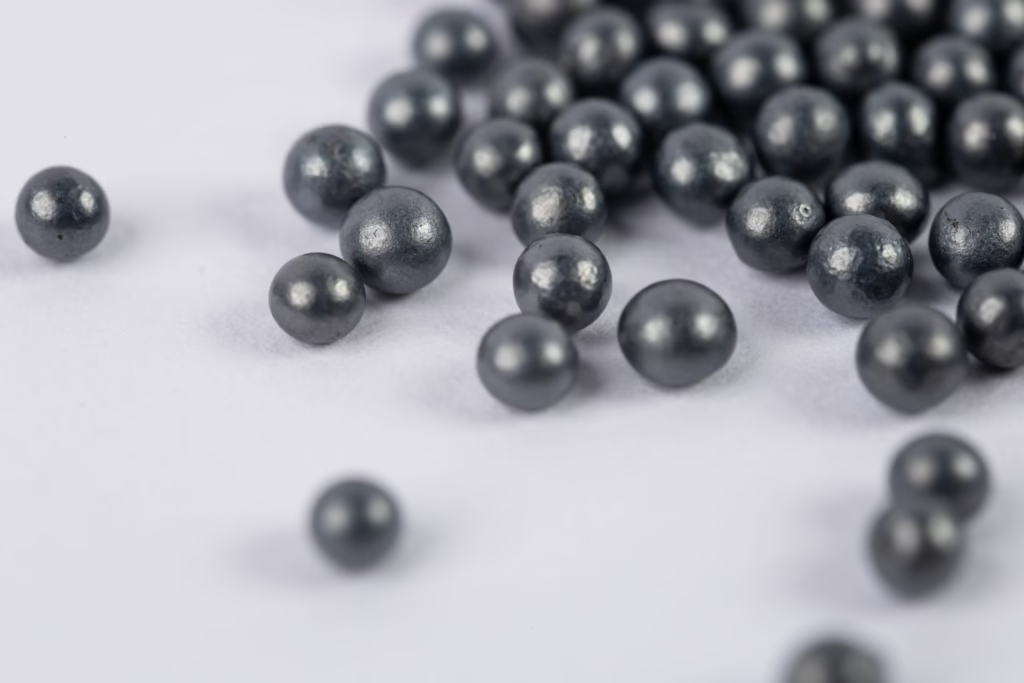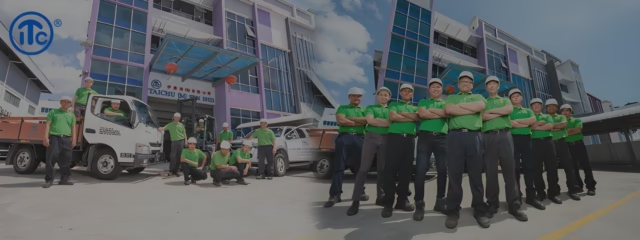In Malaysia’s busy factories, cleaning metal quickly matters. One powerful method that many teams now use is shot blasting. This smart process does more than clean—it toughens, smooths, and prepares metal for paint, welding, or work.
This guide explains how blasting machines work, what they do, and why Malaysian companies trust them in daily work across many different industries.
What Is Shot Blasting?
Shot blasting means throwing small metal balls (called shot) at a surface with great speed. The shot slams, scrapes, and clears away things like rust, paint, or dust from rough or smooth metal.
Machines use strong wheels or fast air to fling the shot across the surface. Unlike washing or scrubbing, this method uses no water or chemicals to get results.
Factories trust shot blasting when they want to clean metal before coating, fixing, or shipping parts safely and consistently.
Why Do Manufacturers Use Blasting Machines?
Manufacturers choose blasting machines because they save time, boost quality, and cut extra work. These machines do tough jobs fast and without a mess or hassle.
Shot blasting also:
- Hardens metal so it lasts longer
- Roughens surfaces to help paint stick
- Shortens cleaning time for each part and speeds up output
Workshops in shipyards, car factories, and steel plants often lean on these machines every day for heavy-duty projects.
Key Parts of a Shot Blasting System
Each shot blasting machine has important parts that team up to clean surfaces fast and safely.
1. Blasting Chamber
- This part surrounds the metal piece during blasting. It blocks the shot from flying outside the machine and shields workers nearby.
2. Blasting Wheel or Nozzle
- This tool hurls the shot. Some machines use a wheel with fast-spinning blades. Others blast shot through a nozzle with air at high pressure.
3. Abrasive Recovery System
- After the shot hits the surface, the machine scoops up, cleans, and reuses it. This way, factories use less material and spend less money over time.
Dust Collector
This system sucks up the dust and keeps the air clean. It also stops tiny bits from floating in the work area or reaching nearby surfaces.
Types of Blasting Machines Available
Not all blasting machines fit every job. Factories must pick the right one based on what they clean and how often.
1. Tumblast Machines
- These machines spin small parts inside a barrel. As the parts roll, shot rains down from above and cleans them thoroughly.
2. Spinner Hanger Machines
- Workers hang bigger parts inside. The machine then spins them and blasts every side for an even result.
3. Table Type Machines
- Flat items sit on a table that twirls slowly. Shot strikes the surface while the table moves, making it great for plates or sheets.
4. Continuous Belt Machines
- These machines carry parts through with a belt. They blast many items at once without stopping or resetting.
Malaysian suppliers like Itaichu (M) Sdn Bhd provide these machines for many industries and factory sizes.
What Materials Work with Shot Blasting?
Shot blasting tackles hard materials that can take fast strikes. These include:
- Steel pipes and beams
- Iron castings and gears
- Aluminium parts
- Forged tools and frames
- Car and truck parts of all shapes
Soft materials like rubber or plastic may crack, so factories use gentler methods for them to avoid damage.

Common Applications in Malaysia
In Malaysia, many factories count on shot blasting to prepare parts for painting, welding, or coating.
1. Construction and Steel
- Builders blast steel before welding or painting. Clean steel lasts longer and holds coatings better under pressure.
2. Oil and Gas
- Shot blasting wipes off grease, dirt, and paint from pipes, tanks, and tools before use in extreme settings.
3. Automotive and Rail
- Repair shops and factories blast engines, axles, and frames to remove buildup and prep parts for new use.
4. Foundries and Forging
- Foundries blast off sand and scale from cast parts to make them smooth and ready for polishing or assembly.
Benefits of Using Shot Blasting in Manufacturing
Shot blasting delivers more than clean surfaces. It improves products in many ways across different industries.
1. Makes Paint Stick Better
- Rough surfaces grip paint more tightly. Blasting etches the surface without harming the metal or weakening it.
2. Helps Metal Stay Strong
- The shot presses into the surface and tightens it. This helps parts resist cracks later when used in machines.
3. Speeds Up Work
- Instead of scrubbing by hand, one machine can finish many parts at once in just a short amount of time.
4. Keeps the Earth Safe
- Shot blasting doesn’t use harmful chemicals. The shot recycles, so less waste piles up and less pollution spreads.
Safety in Shot Blasting Operations
Blasting machines use fast-moving parts, so safety comes first. Operators must stay careful and follow safety checks.
They must:
- Wear gloves, masks, and heavy suits
- Inspect machines before every use
- Check filters and hoppers for clogs
- Clean up after each cycle without delay
With good training, shot blasting stays safe and steady for all workers and nearby teams.
Shot Blasting vs Sandblasting
Some people mix up shot blasting and sandblasting. Both use fast abrasives, but they differ.
| Feature | Shot Blasting | Sandblasting |
| Media Type | Metal balls or grit | Sand, glass beads, or soda |
| Power Source | Spinning wheel | Air pressure |
| Surface Finish | Rough and strong | Smooth and gentle |
| Best Use | Heavy steel and metal | Soft or thin materials |
Sandblasting suits soft jobs. Shot blasting handles harder, tougher work without slowing down.
How to Choose the Right Blasting Machine?
Factories must ask questions before they buy a machine:
- What kind of metal do you clean?
- How big are the parts you clean?
- How many parts do you clean each day?
- Do you need a rough or smooth finish?
- Can your factory handle the dust and noise?
Once you know the answers, a supplier can match you with the best machine to meet your goals.
Maintenance Tips for Longevity
A clean machine lasts longer and works better. Without care, problems grow fast and costs increase.
Keep yours in shape by:
- Oiling moving parts weekly or as needed
- Brushing out trays after each use
- Switching old filters and blades
- Noting wear signs in a logbook or checklist
Suppliers in Malaysia often help with service plans and spare parts to reduce downtime.
Challenges Faced by Manufacturers
Even strong machines can run into trouble. Some common issues include:
- Dust clogs the filters during use
- Blades are wearing out too fast or unevenly
- Shot not returning smoothly to the hopper
- Surfaces looking uneven or patchy
Most problems start when workers skip checks or forget care steps. Good habits stop machines from slowing down or stalling.
The Role of Suppliers in Malaysia
Malaysian factories need more than machines. They need help with training, repairs, and smart planning.
Suppliers like Itaichu (M) Sdn Bhd know local needs. They offer strong blasting machines, spare parts, and support teams who stand by their customers every step of the way.
With good advice, factories avoid delays and keep work on track with fewer breakdowns.
Final Thoughts
Shot blasting helps factories clean faster, coat better, and protect their parts. The right blasting machines change how teams work every day.
From steel plants to rail yards, this method clears, prepares, and strengthens surfaces without waste or delay. When used right, it saves time, money, and effort.
For Malaysian manufacturers, learning about shot blasting unlocks better results and a smoother process from start to finish.
Read More:-
What Are the Key Benefits of Using Automated Blasting Machines?
What Makes Shot Blasting Better Than Traditional Cleaning Methods?
The Role of High-Quality Steel Shot in Foundries Across Malaysia








[…] A Complete Guide to Shot Blasting Machines for Malaysian Manufacturers […]